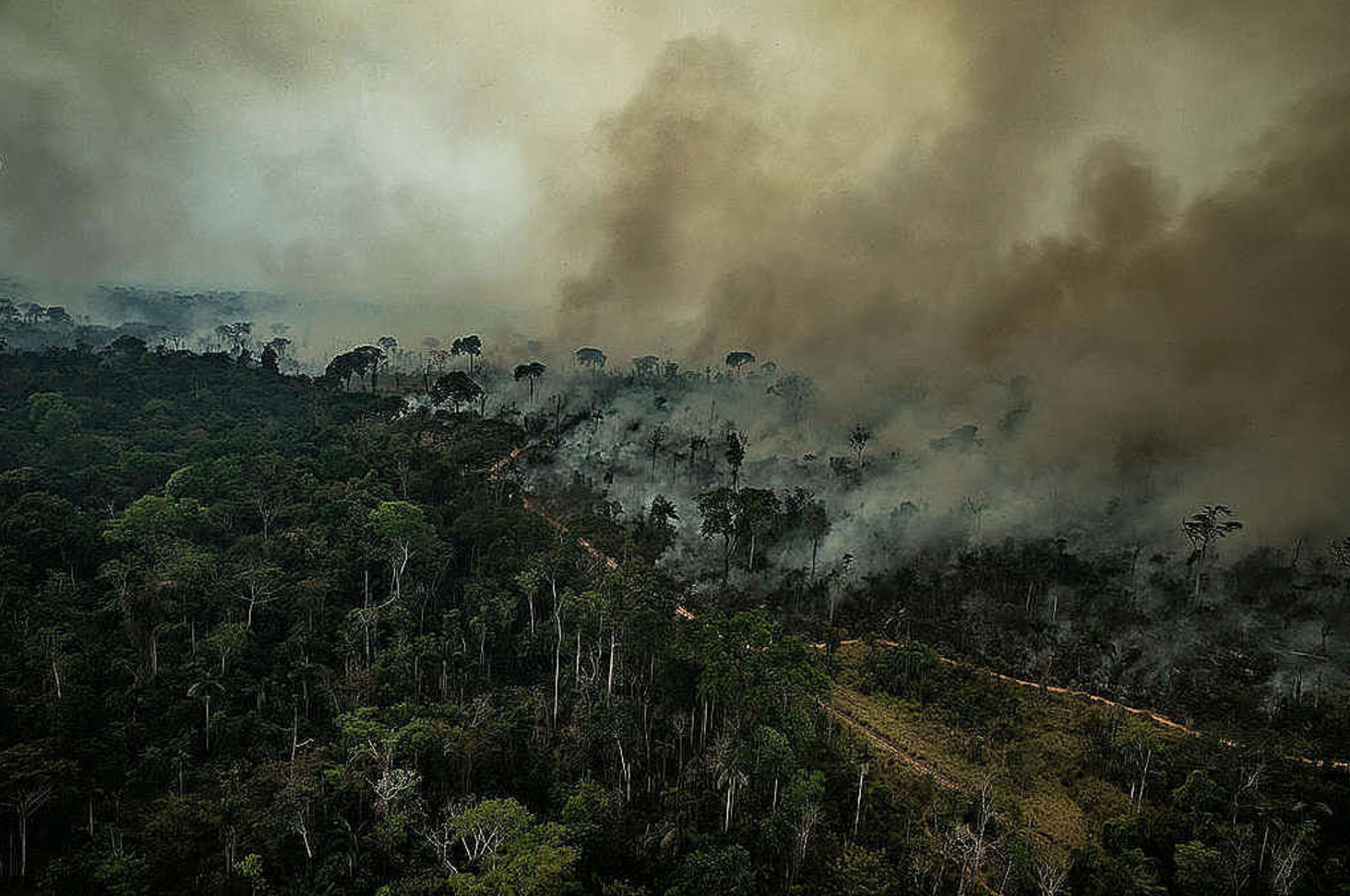In the last years and so far in 2023, there has been a wave of wildfires in several regions of Argentina, Brazil, Paraguay, Chile, and Uruguay. These phenomena are caused by activities such as the deliberate burning of pastures and extreme drought, exacerbated by climate change. Fires are increasingly recurrent, widespread, and powerful. According to Nasa’s Fire Information for Resource Management System (FIRMS), seem to be everywhere at once.
From the firestorms in Australia in 2019, capable of producing other fires by themselves; the massive wildfires of the last few years in the United States; the fires and heat waves that reached 48 degrees in western Canada whose temperature was the highest ever recorded; or the constant fires that Russian Siberia has been suffering, advancing even over cities leaving dead and injured; to the colossal wildfires that are occurring in southern Chile that have left 30 people dead, fires seem not to stop increasing.
However, fires do not occur only spontaneously. For years, agribusiness in Argentina has generated a series of territorial transformations that are expressed according to the changes that materialize in production. This has generated the constant shifting of the agricultural frontier, in which agribusiness is driven by international demand and, as a result, expands, putting pressure on soils that do not produce profits, polluting the land, air, and water sources, exterminating whatever crosses its path. Fire and wildfires are a central part of this process and of the new geological era that some define as the Pyrocene or geological epoch created by fire.
Although scientists still have doubts about what to call the new geological era that replaced the Holocene: Anthropocene, Capitalocene, or Oliganthropocene are some of the possibilities. Recently, the denomination of Pyrocene has emerged, that is, the geological epoch created by fire. Yet not fire by itself, but the fire caused by man, since the only species on Earth that has the capacity to manipulate it is the human species. This practice occurs coincident with particular interests; therefore, fire is not neutral, it is political since it spreads through the world according to the desires and interests of a specific social group.
The use of fire is not new either. Its use has accompanied humanity throughout history to satisfy its specific material and spiritual needs. From tasks such as lighting, heating, or cooking, to cleaning a piece of land, tilling it, producing food, and then consuming it or for a ritual ceremony.
The substantial difference with the fire of modern-capitalist rationality is that, in this social system, the practice is not sustained by material or immaterial need for use. On the contrary, in capitalism, the fire is fanned by the blades of the “satanic mill” that pushes the unregulated action of the market that aims at endless economic growth. There is no specific need to be met, but an abstract and unlimited one, that of accumulation for accumulation’s sake.
Generating fires is far from being irrational and much less from being anonymous, although the names of those responsible rarely appear. Now, in the face of such an open and widespread practice, how is it that those responsible for it manage to advance without being exposed?
One possible answer is that capitalism has a head with two faces. At one moment it exposes its productive and democratic face, the one we know, and at another, its speculative and violent counter-face, the one it hides. At one moment it accumulates by extracting profits through extractive production, and at another, by simply stripping societies of their common goods. Sometimes the two faces are presented at the same time, but always under the appearance of corresponding to different beings. This strategic ambiguity, deployed over the last 200 years, ironically hides the secret of its success.
The Covid-19 pandemic – one more sign of the global civilizational crisis – was also an opportunity to change things. However, the crisis radicalized the bet of the fire’s owners. Since 2019 the La Plata Basin together with the biodiversity of the wetlands are subject to the constant activity of the Pyrocene agents. The Pantanal in western Brazil, the Paraguayan Bajo Chaco, the Esteros de Iberá, and the Paraná Delta on the Argentine coast do not stop burning.
The Royal Spanish Academy defines pyromania as a “pathological tendency to provoke fires”, but it is not insanity, it is the univocal reason for the capital. UN Secretary-General António Guterres stated in 2022, on the occasion of the publication of the Third Report on Climate Change, that the document was “a litany of unfulfilled climate promises. A record of shame, cataloging the hollow promises that hardly set us on the road to an uninhabitable world.”
Likewise, transnational networks of movements, agencies, institutions, and organizations committed to life on Earth are working for the right to change, build and reinvent the world that the vehemence of modern reason has created. The road to a possible transformation is open. It only remains for those multiple irrational voices diagnosed as madness to be heeded. Otherwise, we will die in the embrace of the dominant reason.
*Translated from Spanish by Janaína Ruviaro da Silva











